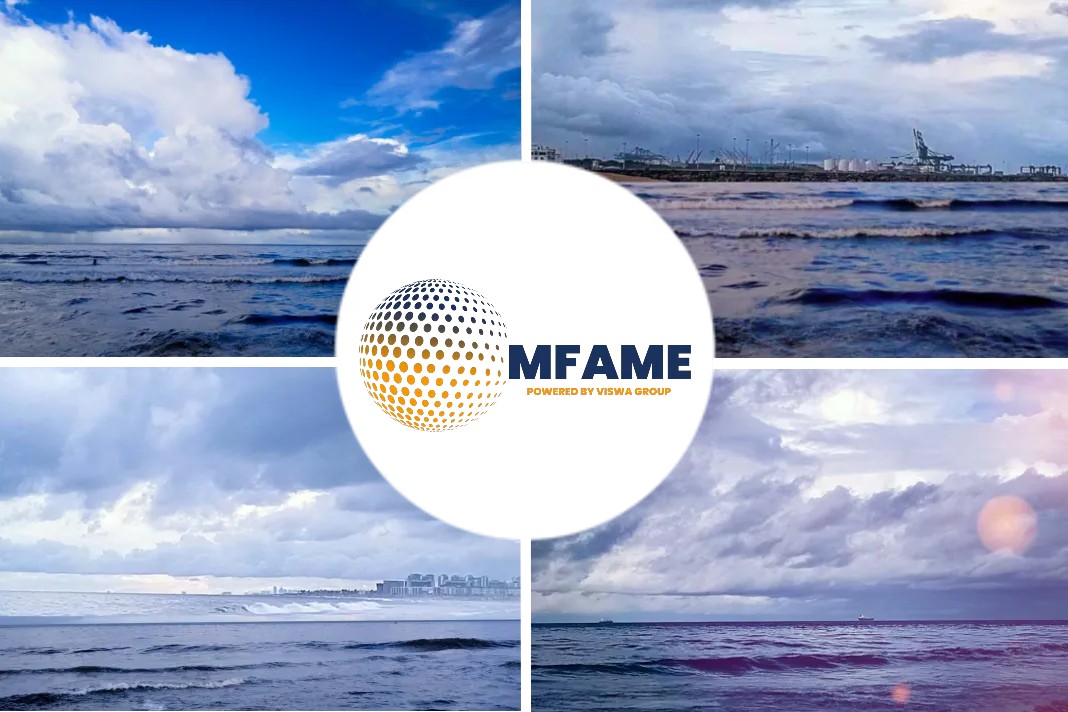The IMO’s current approach to GHG emissions only focuses on the ship which doesn’t solve the problem and makes it difficult to look for carbon-neutral fuels. The European Commission, on the other hand, has taken steps to address the core issue, writes Malcolm Latarche in an article published in Ship Insight.
Carbon Neutral Fuels
There are currently only two: Hydrogen, which is not available naturally and is difficult to store, and ammonia, which is another way of delivering hydrogen but is a very hazardous substance.
The debate comes down to a choice between considering only ‘tank-to-wake’ emissions or the complete ‘well-to-wake’ energy cycle, which is favoured, when defining carbon reductions. This discussion will continue during the 7th Intercessional Working Group on Reduction of GHG Emissions from Ships (WG-GHG 7) in March and the European Commission (EC) has submitted a thoughtful paper that talks about a number of important themes, including well-to-wake and incentives to encourage the uptake of alternative fuels
Making Research Accessible
The EC’s decision to publish its paper to other participants at that event is commendable because working group papers are not generally made public even after the meeting has finished. IMODOCS, where IMO meeting papers are stored, offers only four WG-GHG papers – two each from sessions 1 and 2 – for public access.
Probable Problem in IMO’s Approach
Here’s one paragraph from the paper which says:
“By placing emphasis on the emissions from combustion, the tank-to-propeller approach rewards innovation in zero-carbon propulsion technologies. However, its use as a unique metric may also trigger unintended and adverse consequences as it may not directly incentivise shipowners and operators to choose fuels with an overall low well-to-wake GHG footprint.”
The EC has observer status at IMO but it is often the case that IMO’s European members seem to take a shared view. If that happens here, it is expected that EU countries are likely to fall behind that way of thinking and may yet achieve in what I believe is a more meaningful approach, writes Latarche in his article. The problem, as I set out in my previous comment, linked above, is that well-to-wake this is a very difficult metric to measure, he adds.
A Forever Solution?
To be clear, I applaud IMO’s determination to cut actual emissions. Aviation and many other industries believe that planting trees to absorb carbon elsewhere is an acceptable solution but trees do not live forever and that carbon will eventually be released again.
Incentivising
Returning to that quote from the EC paper, I am drawn to the word ‘incentivise’. It is a word that is packed with meaning and open to many interpretations. Will these incentives be created through simpler regulation and by encouraging technical simplicity, or will they be market-based, with levies on bunkers and other financial measures?
I was reminded of that reference when I attended a briefing last week (21 January) from Bureau Veritas. Its marine and offshore division’s sales and marketing director Gijsbert de Jong gave a wide-ranging presentation that included some comments about the transition to decarbonisation and his accompanying slide included a statement that caught my eye: “Incentives are key; shipping is a reflection of society”.
He developed the idea a few minutes later, in relation to the Green Maritime Methanol project, in which BV is one of 28, mostly Dutch, partners. It is looking at a range of different ship types, both newbuildings and existing ships and with different power requirements, to assess methanol’s feasibility “technically but also commercially, from a cost perspective,” he said. “And then that discussion about incentives comes back: do we need carbon levies? Emission trading schemes? We probably need to do something to make sure that the right investment incentives are going to be created.”
Taken together, these comments worried me. If “incentives are key” and “the right investment incentives” must be provided if one low-emission technology can succeed, who will pay for these incentives? And was it wise to set a goal that can only be achieved if as-yet-undefined incentives become available?
Industry’s Pressure To Innovate
There is pressure from society that will motivate the industry to take action, he said. In some sectors, such as container shipping, this may be enough on its own to stimulate investment in decarbonisation strategies. Some major operators are experimenting with biofuels, he said, even thought it costs more because large shippers, such as the furniture chain IKEA, are pushing their logistics providers to improve. That is because “they have direct pressure from their buyers, which are us,” he said.
Without Incentives Decarbonization Delay?
But for the big commodity sectors such as bulkers and tankers, incentives would be necessary. Of the two sources he had mentioned, bunker levies would increase costs in the logistics chain and eventually be paid for by shippers and their customers, while emissions trading would recycle cash back into industry R&D.
And if no incentive scheme is agreed? “If we don’t figure out a way, then decarbonisation will be delayed.” At an individual company level, “it would be quite difficult. How do you make the [environmental] choice you want without making sure you go bankrupt?”
While much is being done to develop technical solutions to reducing emissions, it seems that little has been agreed about how the industry will be encouraged to introduce them quickly enough to meet the decarbonisation goals set by IMO and others.
Did you subscribe to our daily newsletter?
It’s Free! Click here to Subscribe!
Source: Ship Insight






















